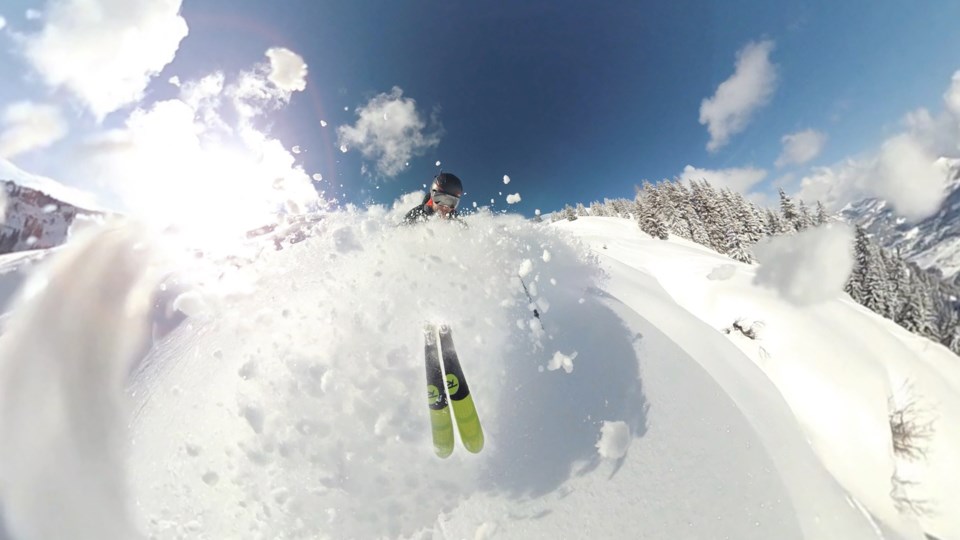How does social media impact your decision making in avalanche terrain?
That’s the question Amelie Goulet-Boucher is trying to answer as part of her masters thesis for Simon Fraser University.
As a student of the Avalanche Research Program, which is part of the school’s Resource and Environmental Management department, and an apprentice ski guide with the Association of Canadian Mountain Guides, Goulet-Boucher knew anecdotally that social media platforms impact how and where people spend time in the outdoors, but few formal studies have been done to dig deeper into the impact.
“We all know it’s happening,” she said over the phone from her home in Golden, where she’s studying online due to COVID-19. “We’re just trying to understand—and officialise—how it’s happening, how much of an impact [it has], and how much [recreationalists] are using that information in the field.”
Her research, which will be aimed at all winter backcountry users of all levels, ranging from skiers and splitboarders to snowshoers, ice climbers and snowmobilers, will take place in three phases.
The first happened two years ago with a study that asked broad questions on social media use. This winter, Goulet-Boucher is heading into the second phase, conducting in-depth interviews with around 20 recreationalists.
“For people using [social media] we’re trying to determine what that landscape looks like—who’s using it, what platforms, at what stages in decision making are they using it, how does it have an impact? Are they making riskier decisions?”
For example, are people using platforms like Instagram, Facebook, even Strava to decide where to go? Are they gleaning information from posts to make decisions about avalanche risk?
Phase 3, meanwhile, is expected to start in early spring 2021 and will involve an online survey.
The data from the interviews in phase two will help shape what questions Goulet-Boucher asks in the survey, which will be more widely distributed.
While people might be reluctant to admit if they’ve put themselves in risker situations for, say, an Instagram photo, she hopes the anonymity in the online survey will lead to people answering honestly. (The interview information will also be private, she added.)
“I’m really hoping in the survey—it’s totally anonymous, just them and the computer—maybe they’ll be inclined to talk about specific situations,” she said.
She put a call out for volunteers in the Sea to Sky Corridor—and around Canada—and was overwhelmed by the number of people who were interested in taking part. While she plans to whittle down people to interview, there will be another chance for corridor recreationalists to participate in the online survey next year.
Those who are interested in what her thesis uncovers will be able to find the results on the Avalanche Canada website (or simply reach out to her).
The project is funded in part by the organization and it will also look at how people are using its Mountain Information Network (MIN), which features unmoderated posts about weather, snowpack, and avalanche conditions from backcountry users.
“Avalanche Canada is interested in learning how they can harness that information on social media better so their forecast will be more accurate, which is a big part of why they created MIN,” Goulet-Boucher said. “We’re bringing that into the conversation.”
For more information, or to sign up for the survey, visit avsocmedia.avalancheresearch.ca.



